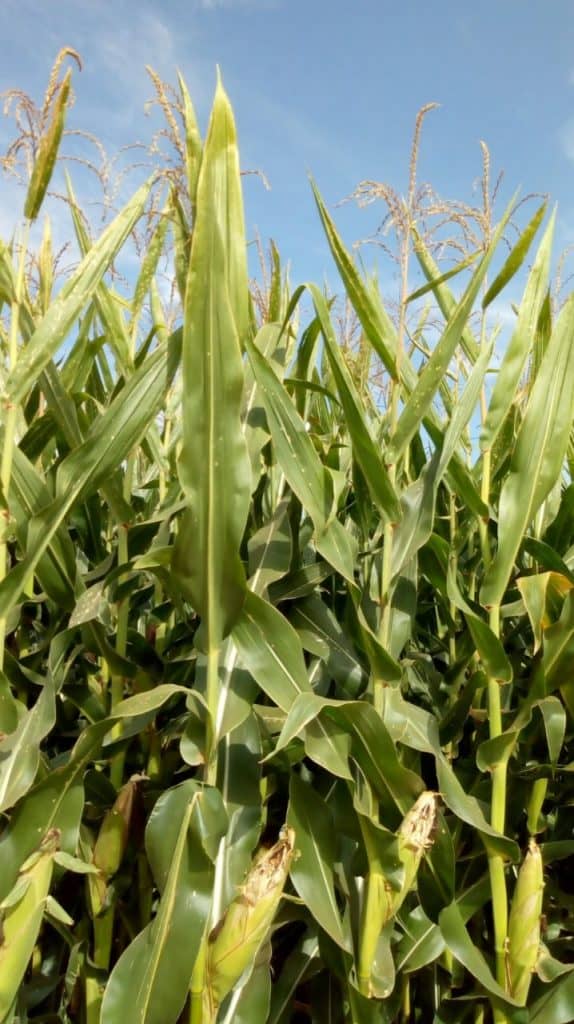Porto Alegre, April 23, 2024 – The commodities market is always very realistic with its indicators. It is clear that funds and current technological activities such as “robots” and artificial intelligence can distort price reality, as can certain actions by investment funds. However, we must understand that price formation is ruled by the supply and demand framework, in addition to the commercial reality of the physical market. The futures may try to “mask” movements, but the reality of the physicals cannot be overcome. In this way, we understand that the Brazilian market is beginning to price in reality, which futures on B3 still seem to distort. The Brazilian export parity between BRL 57 and 60/bag CIF port is a reference for prices for the 2024 second crop. Some places are starting to enter this alignment, but others still do not have this viability due to regional climate concerns and the fact that the domestic market is still paying above export levels. Harvests should define the direction of prices from May onward.
The Brazilian domestic market behaved differently last week. Initially, we noticed that in Mato Grosso and Goiás, a region where second-crop harvests are perfect and with strong productivity potential, producers began to adopt a more accelerated sales stance. Until March, there were still expectations regarding the climate situation and the thesis that the market was lacking supply. Now, with the visual and real assessments of potential productivity, producers have started to sell old and new crops. Prices in Mato Grosso range from BRL 35 to BRL 40 depending on location, with shipments from July to September. In Goiás, the flow was strong last week, with deals between BRL 43 and 46 for August/September with the second crop. The prices of both physical and second-crop corn have begun to align at the same levels. This is the clearest symptom of the market reality.
This situation begins to influence the Southeast. In Minas Gerais, the summer harvest is still in full progress and with deals between BRL 53/55 in Triangulo Mineiro, BRL 53/56 in the south of the state, and BRL 50 in the north. The second crop began to be traded for July/August at BRL 47 CIF Uberlândia and sorghum at BRL 40 in Triangulo Mineiro. As for São Paulo, there is still plenty of sales resistance in the interior, with offers at BRL 56/57 in Sorocabana, but offers at BRL 54/55 are already appearing in the Guaira region. Meanwhile, consumers are starting to absorb the 2024 second crop at BRL 60/63 CIF with ICMS for May, June, and July. In other words, the early second crop in the Midwest has begun to affect prices in São Paulo as it is still better to sell to the domestic market than to export at current levels.
In the South and Mato Grosso do Sul, a slightly different situation. The strong soybean harvest in Rio Grande do Sul at the moment contains the logistics for corn. Those consumers who need offers in greater volume end up having to pay better prices, BRL 60/62 in the interior. In Santa Catarina, the same picture between BRL 61 and 63. However, the primary factor continues to be the concern over the second crop in sections of Paraná and Mato Grosso do Sul. Producers still do not have confidence in selling the second crop in advance without the security of the volume to be reaped. So, business does not advance, offers are far above export parity, and the market will need to go to harvest to adjust to parity or not. Only in the Chapadão do Sul region, where the second crop is perfect, business began to advance to BRL 45/47 for the second crop.
In Matopiba, the situation is still in transition. Bahia’s summer harvests will overlap with the start of Tocantins’ harvest of second-crop corn in May and June. The physical price is BRL 55 in the region, and BRL 58/60 in Maranhão and Piauí. The second crop has references of BRL 40 across the region due to port levels at BRL 57/60 for July to September.
In general, therefore, the need to export at least 40 mln tons this year, in a context of low prices in the international environment, requires a realignment of domestic prices. The weaker exchange rate last week helped to neutralize greater pressure on port levels and, consequently, the domestic market second-crop prices. The losses in Paraná and Mato Grosso do Sul do not represent a supply risk, only that these two states will have a lower export direction compared to normal. In 2023, 4.7 and 3.7 mln tons were exported, respectively, to both these states. These volumes are not expected to be reached this year, meaning losses will be compensated by lower exports. The Brazilian export potential is in Mato Grosso and Goiás more intensely this year, and it is in these two states where the dispute between the domestic market and exporters must occur.
Copyright 2024 – Grupo CMA

